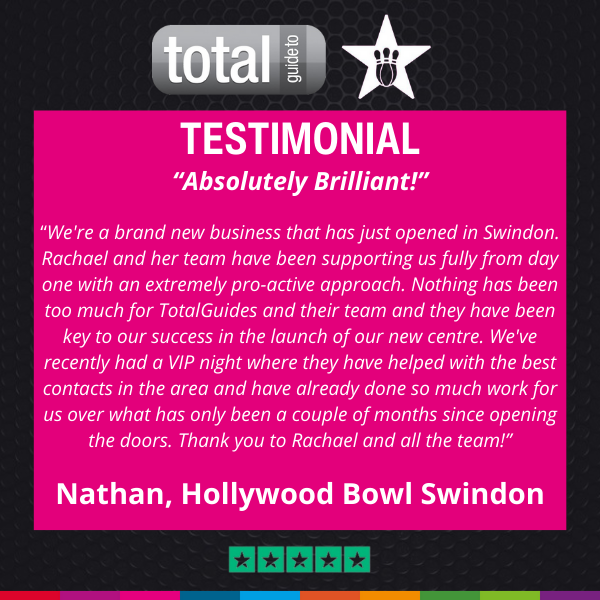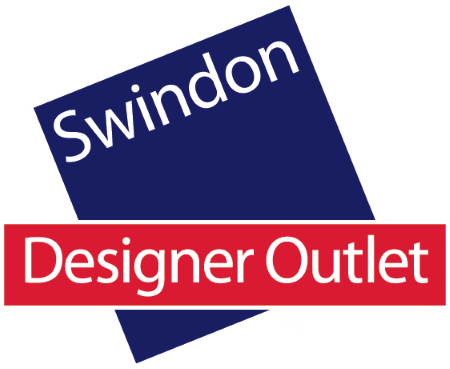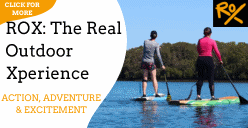In case you missed it see what’s in this section
Let's Talk
Feeling Unconfident About Public Speaking? Here’s How You Can Prepare To Nail That Presentation
A lot of people have anxiety about public speaking. The idea of standing up in front of a room full of people and demanding their attention is the kind of thing that can send cold shivers down your spine. You are telling everyone in the room that they need to listen to you because what you have to say is important. Of course, some people find this to be the easiest thing in the world. They don’t lose any sleep the night before a big presentation.
But it can feel tough to know where to start if you want to give yourself more confidence in this area. You can’t just tell the people in the meeting that you’re feeling anxious (actually, you can, and there will be more on that shortly). There are little tips and tricks that can help you to feel more composed and prepared. And there are lots of ways that you can win the audience to your side and get them engaged.
Prepare, Prepare, Prepare
The first step is always going to be preparation. There are some people out there who can wing it, but if you have any doubts about whether you can, then you pretty much never should. Start by writing down a list of the points that you want to cover, then put them together in an order that you’re happy with. Some people find that it helps them to write out every single word of their presentation and commit it to memory. That’s not always going to be necessary, and it can sometimes feel a little stifling. But having a clear structure will help you to stay on target and on topic.
Get Used To Saying It Out Loud
The sound of your own voice is often a big stumbling block for people who struggle with public speaking. A lot of people don’t like hearing themselves speak. But there’s no getting around the fact that people are going to need to hear what you’re saying. It is definitely worth practising saying your presentation out loud. Not only will this help you to get used to hearing what it sounds like, but it can also help you to identify natural break points and anywhere that could benefit from a pause. Why not record yourself giving the presentation and listen to it back?
Look For Ways To Engage Your Audience
There’s nothing worse than looking at an audience during a presentation and seeing a sea of blank faces. It’s so important to keep engaging your audience, especially if you are talking to them over Zoom or another virtual platform. It’s easier when you’re in the same room with them as you can make eye contact (yes, that is very important) and use your body language to help make certain points. That’s not always an option over Zoom. You don’t want to be constantly asking if everyone is following along OK. So why not think about using software that will encourage them to participate? Word cloud polls allow you to ask questions, receive answers, and display them in fun and creative ways. For example, why not use a crowdsourced word cloud poll to ask your audience where they are joining you from? To learn more about how a live word cloud works and more ways that you can break the ice, look at the software created by Vevox. Vevox is the number 1 rated polling and Q&A platform with excellent reviews.
Remember Your Body Language
This might sound like a point that’s only relevant if you’re giving a presentation in person, but you would be amazed at how much of your body language comes across in virtual meetings. Remember that your body communicates so much more than you think it does. People love analysing body language, as the coronation in the UK has shown! It doesn’t matter if you’ve got your presentation word perfect and you’ve got all of your media ready. Your audience is going to follow what your body is telling them. So, stand up if you are in the same room as your audience and feel free to move around. Gesture to illustrate points and do your best not to hunch. And you need to be aware of what your face is doing if you’re on a video call. People are going to think that you don’t care if you’re staring into space or only looking at the notes in front of you. You don’t necessarily need to grin your way through it, but a smile won’t hurt.
Don’t Put Too Much Text On The Screen
This one can be tricky if you’ve got a lot of information to get across. There’s always going to be the temptation to put it all on the screen so people can see what they’re dealing with. But you need to factor in their attention spans. A giant wall of text is only going to make your audience tune out. They’ll assume that there will be a follow-up email later on that has all of the important data in it. That’s not great for focus, even if it’s true! So, create a list of key takeaways in bullet point form instead of filling that slide with sentences. At the same time, you don’t want to rely too much on video. A short bit of film can help to illustrate your point, but it can also lead to people tuning out what you’re saying if it goes on for too long.
Being Nervous Isn’t As Big A Problem As You Might Think
How many times have you managed to stop being nervous because someone told you to? It doesn’t really work like that, does it? In fact, being reminded that you currently seem nervous can often push you further into that anxiety. So instead of telling yourself that you need to be more confident, remind yourself that being nervous is fine. Some people just find this harder than others, and there’s a good chance that there are going to be a few audience members who are very glad that it wasn’t their turn to get up in front of everyone and start talking. In fact, 75% of people are anxious about public speaking. You may also have some friendly faces in the crowd who know that you don’t exactly love public speaking. Don’t be afraid to tell people that you’re a little nervous. Don’t worry too much if you fumble or need to go back and correct something. Your audience will stick with you if you’re engaging them.
Plan For Questions
It’s not a sign if you reach the end of your presentation and there’s dead silence. That means that there’s a good chance that everyone has already tuned out and started thinking about lunch. So, you should anticipate that there will be some questions at the end of your talk. Think about what kind of queries people may have and prepare some answers, even if it’s just “We don’t have that data yet” or “I’m going to need to check on that.” It’s also a good idea to ask if anyone has any questions or anything to add at the end of each subject or slide. Not only does it give you the chance to take a breath, but it also encourages people to listen more actively.
Weather in Swindon
Listings





















